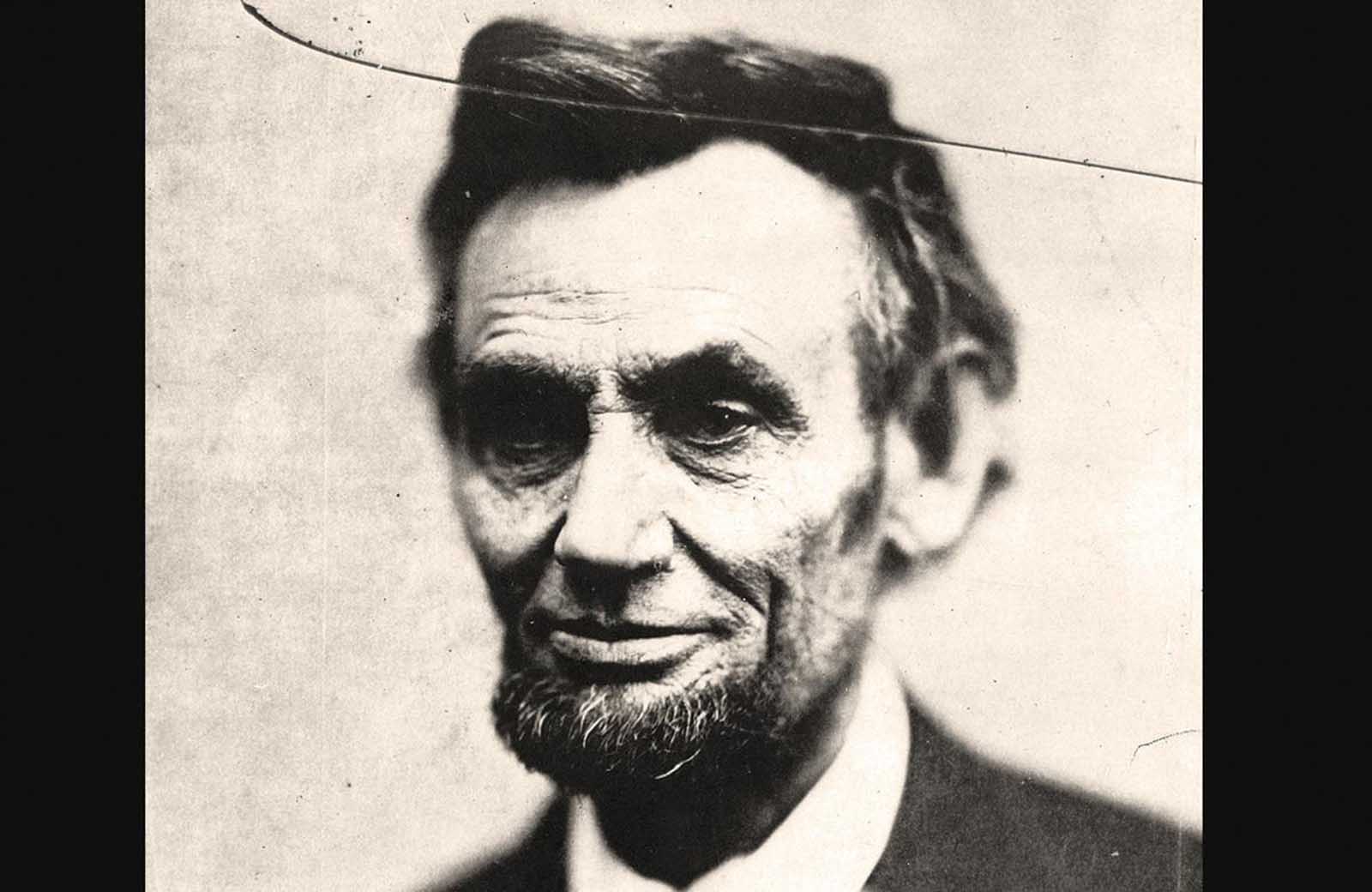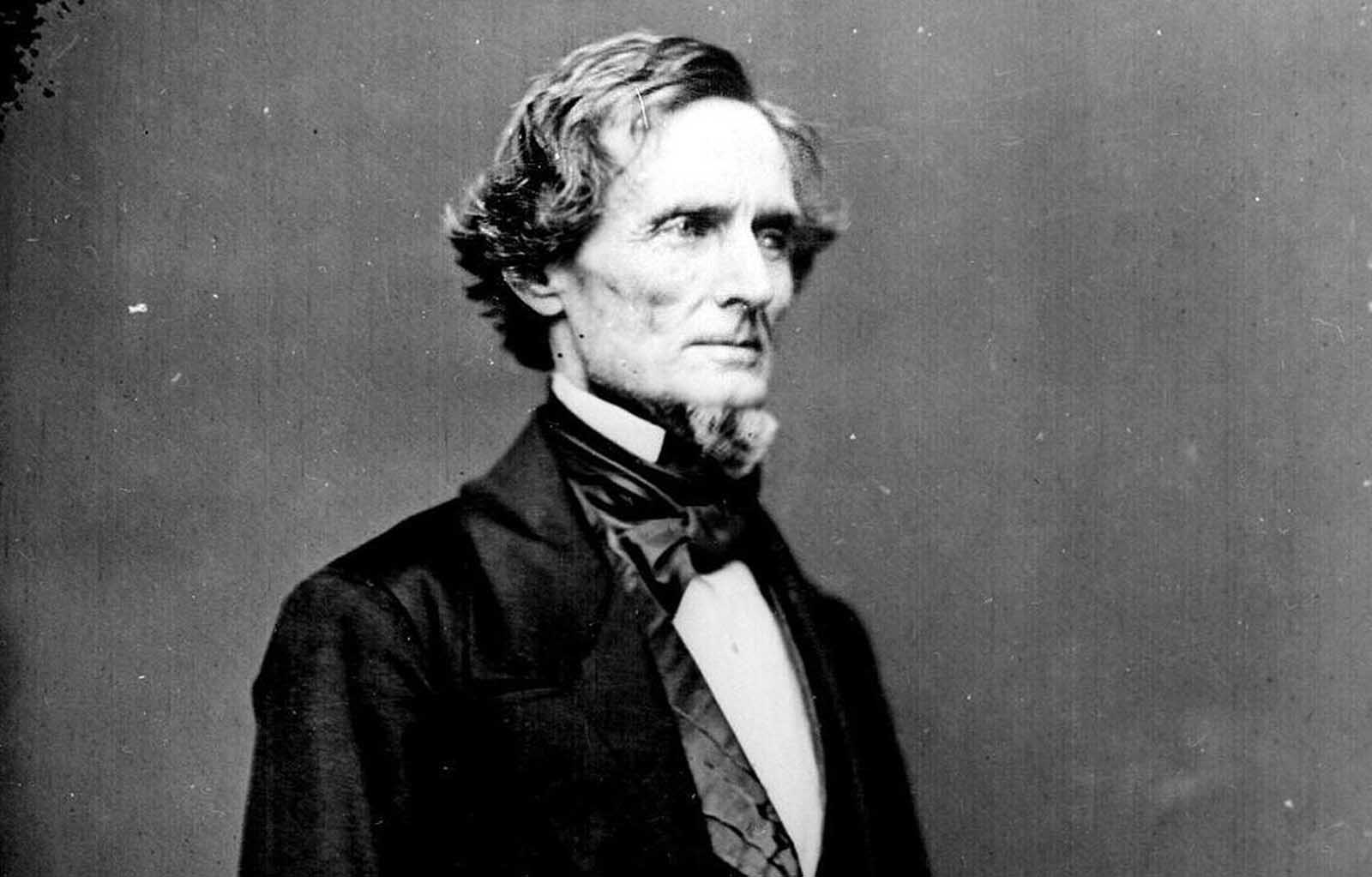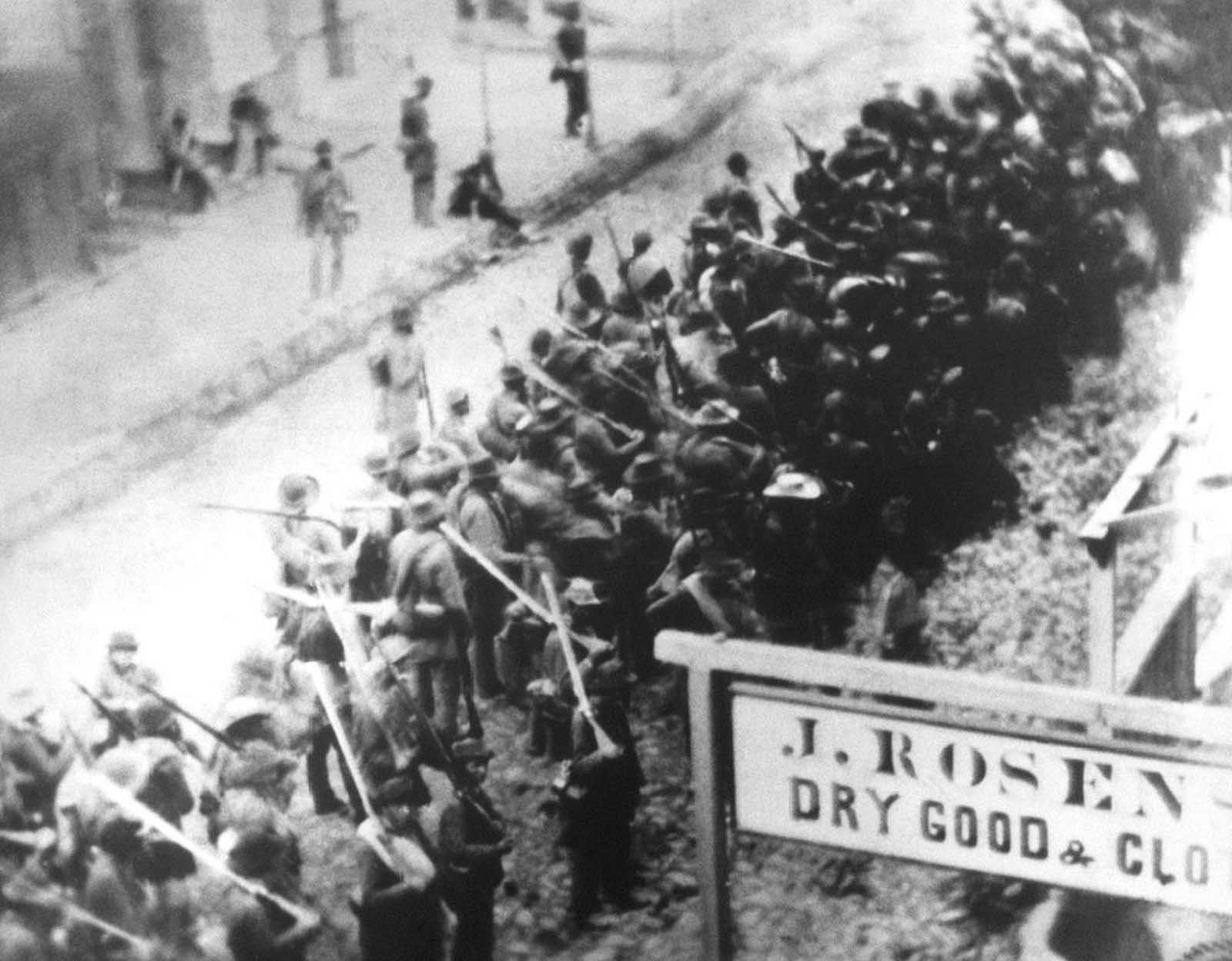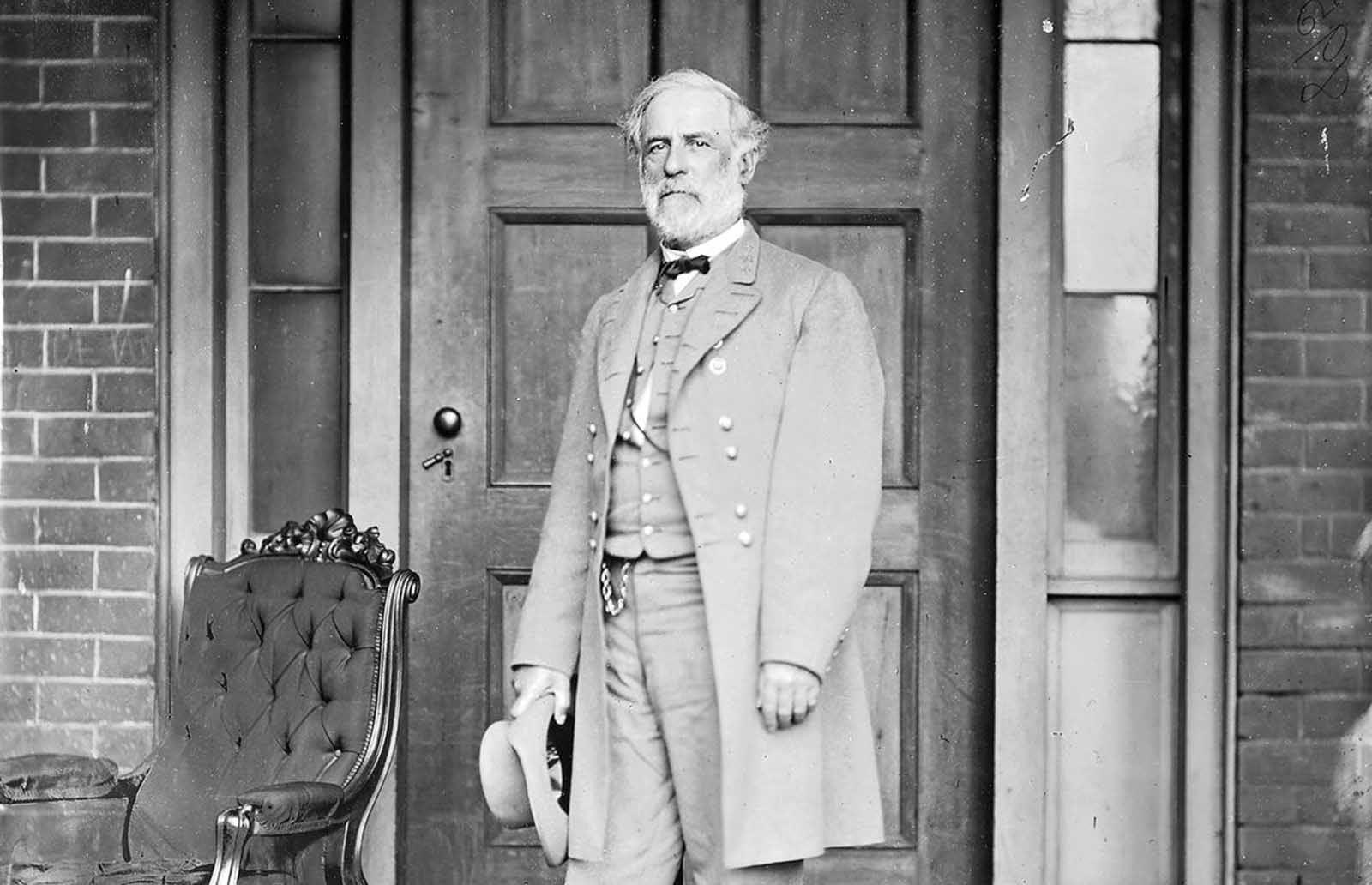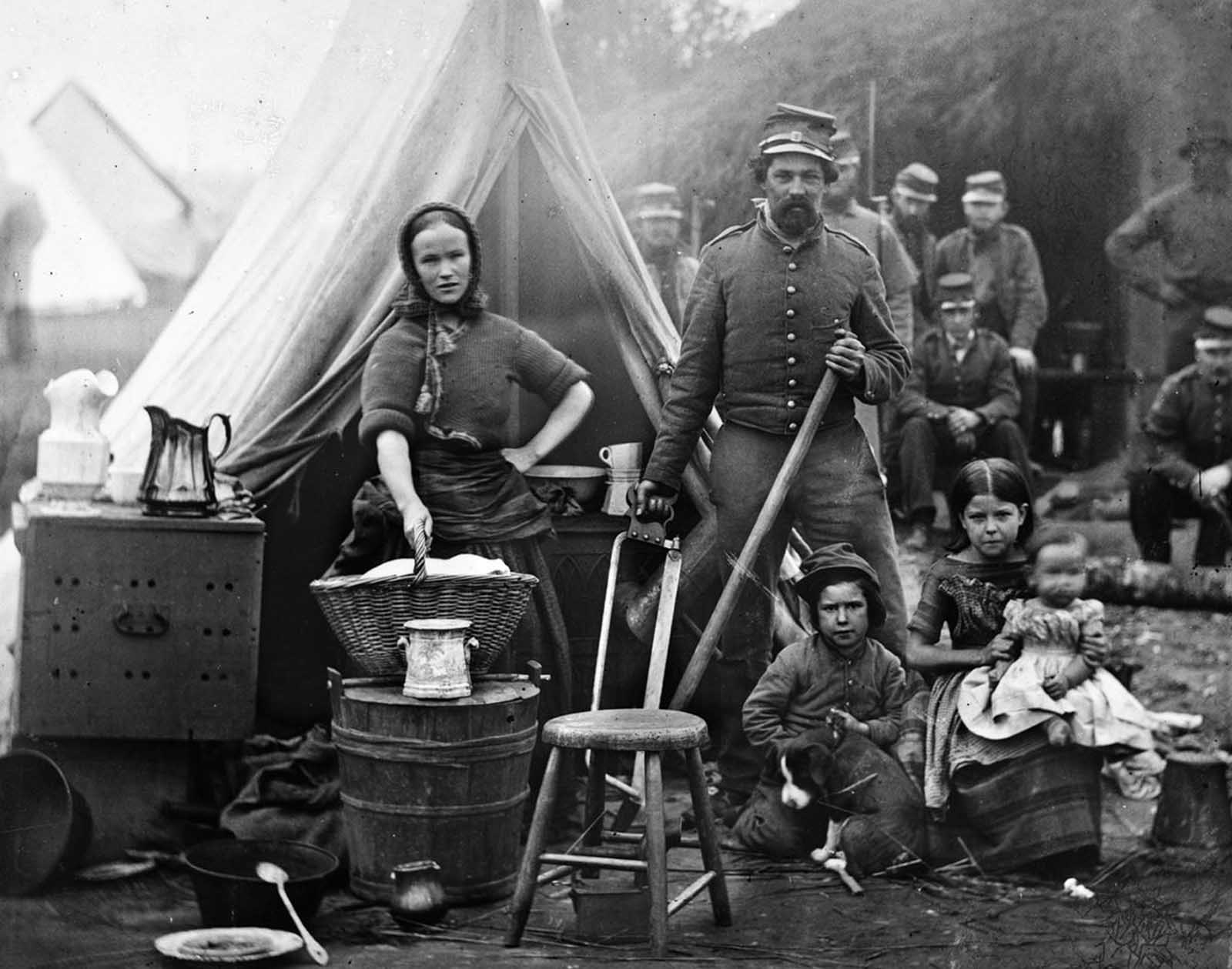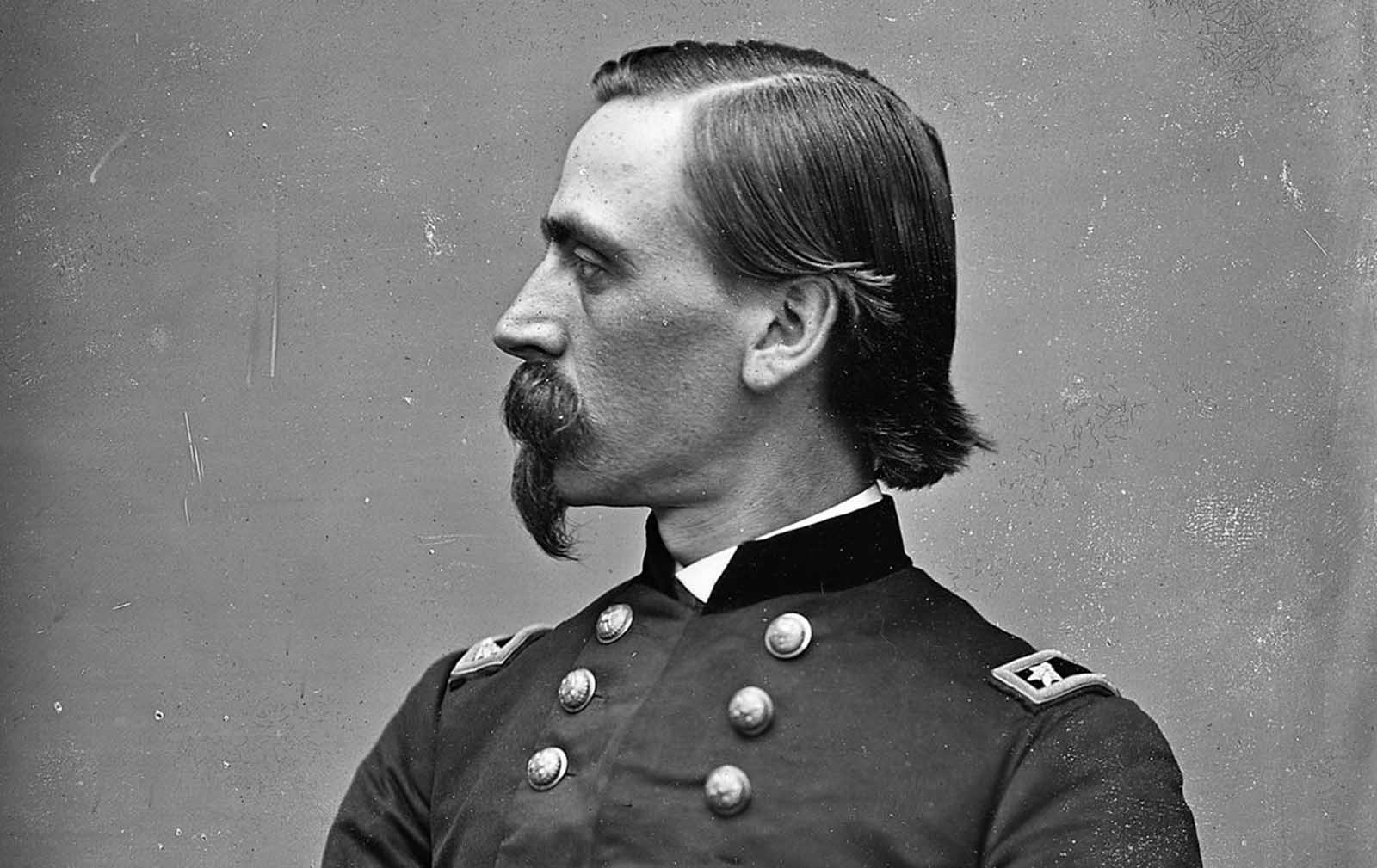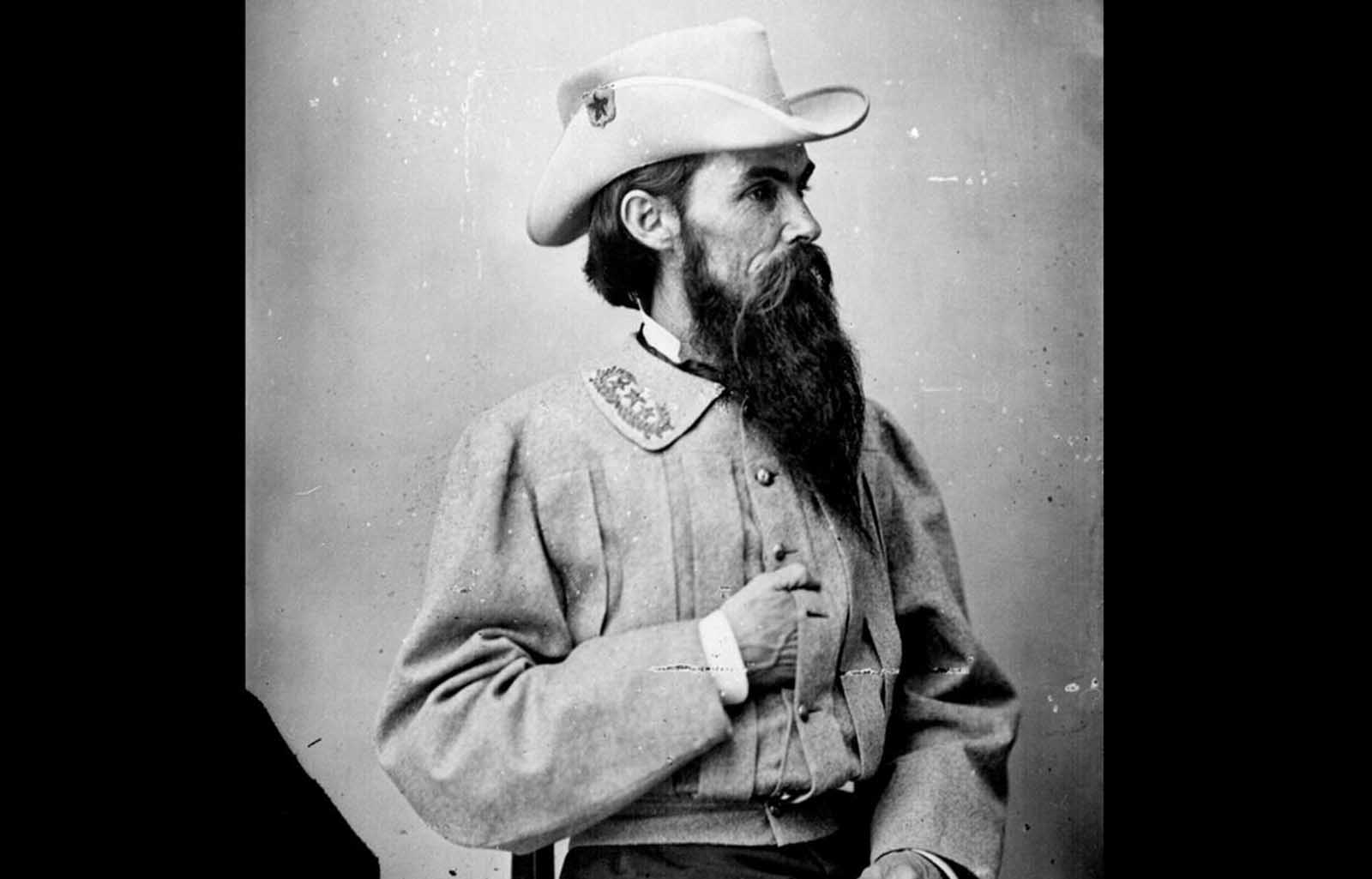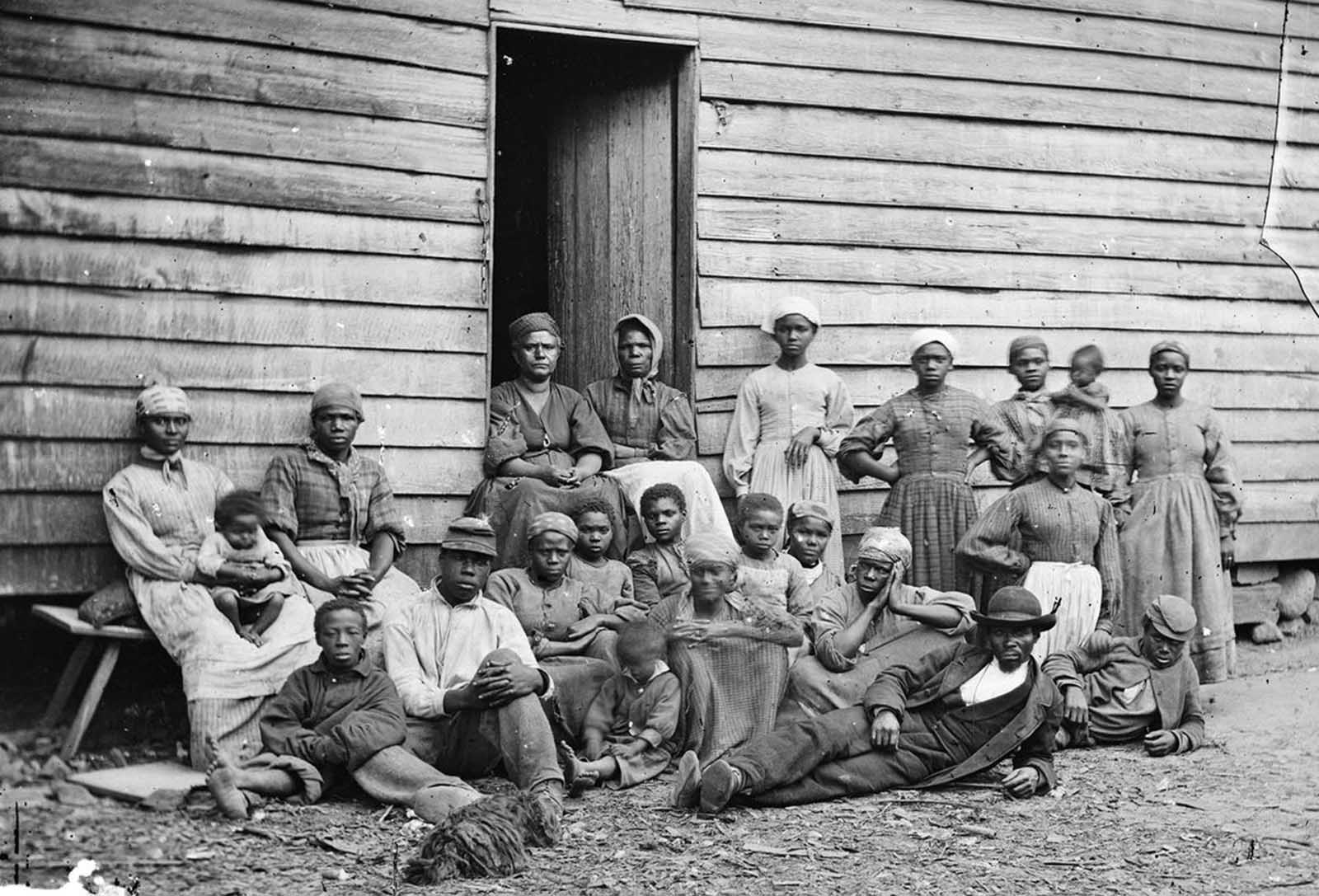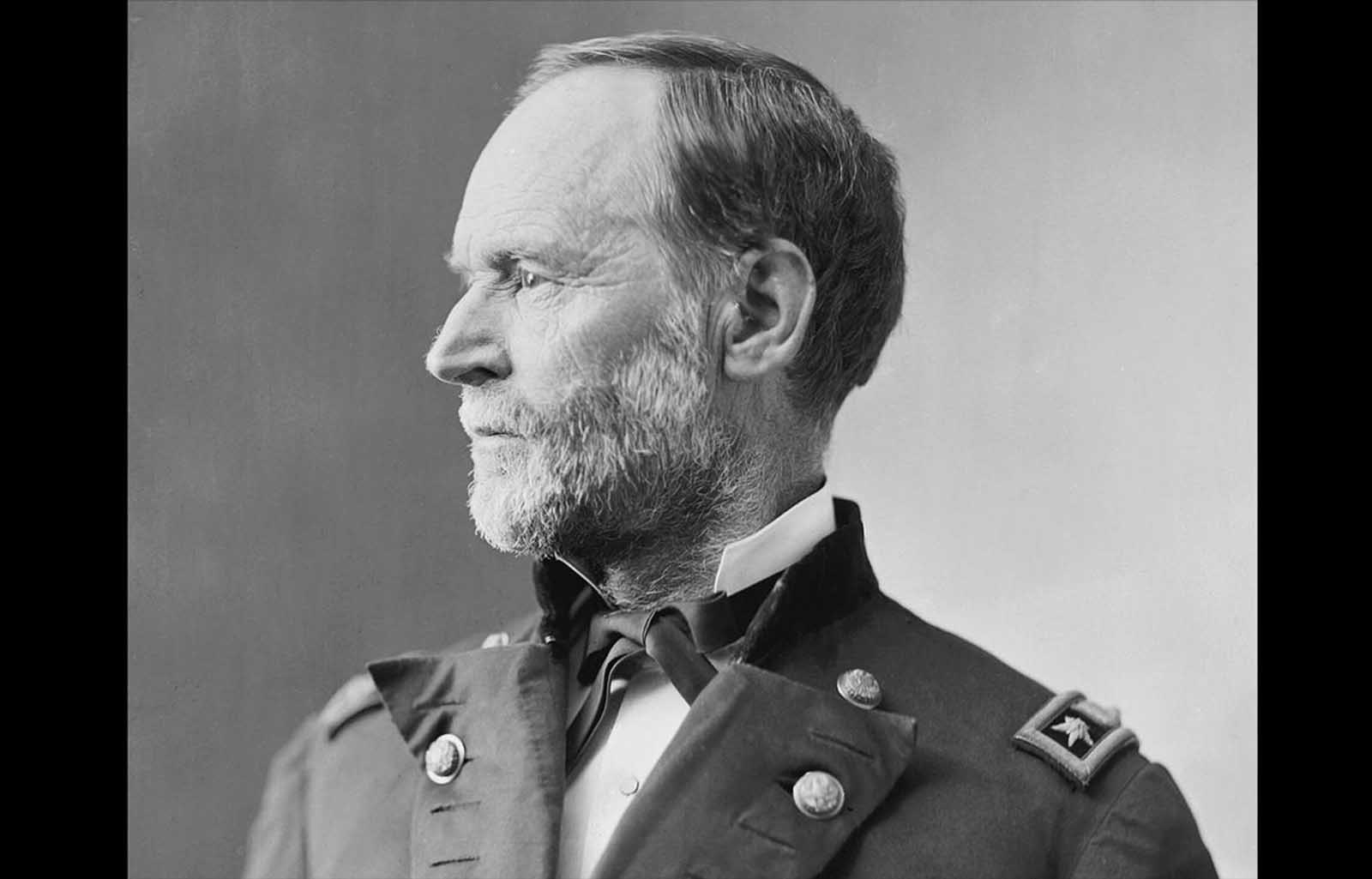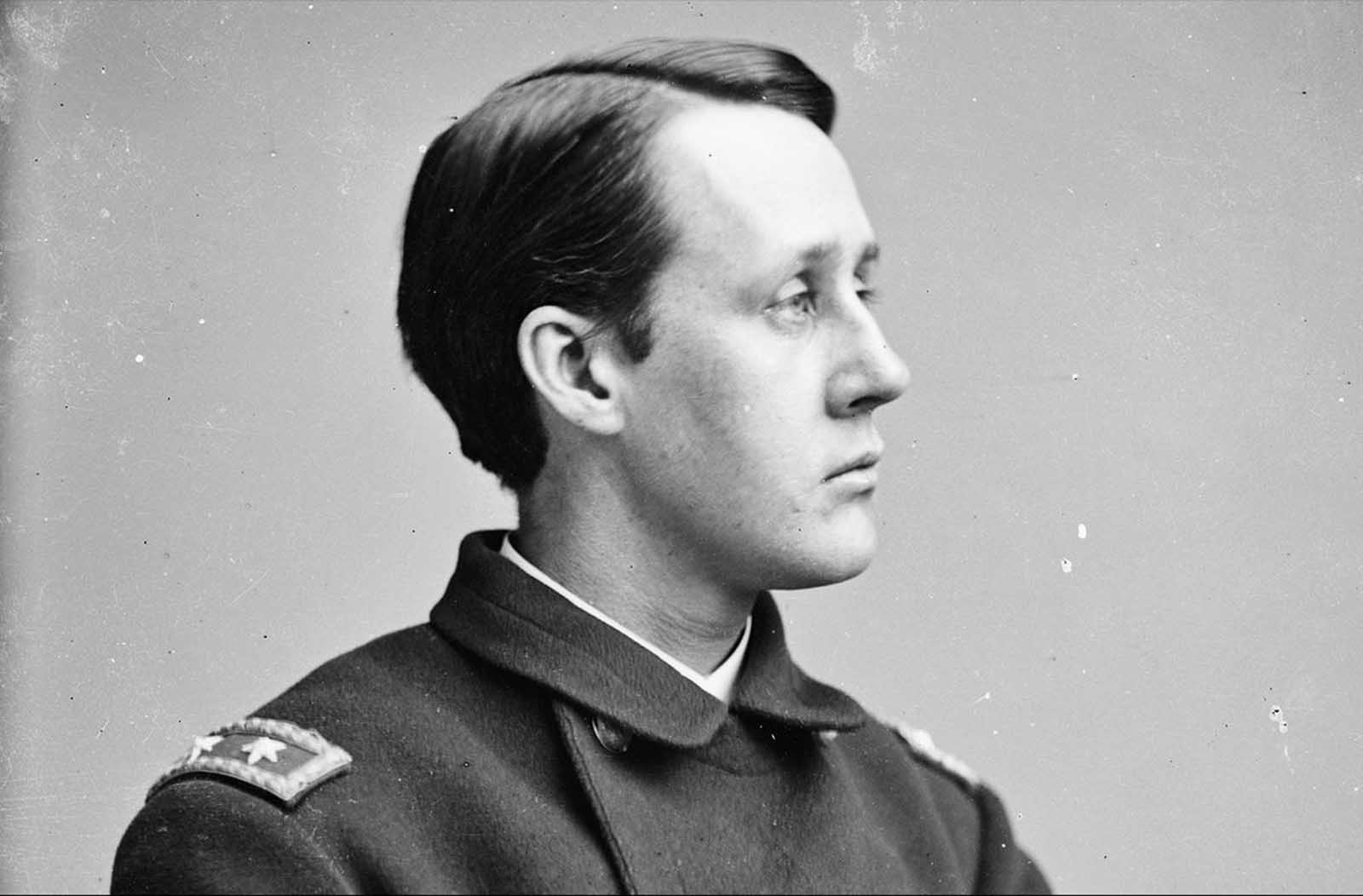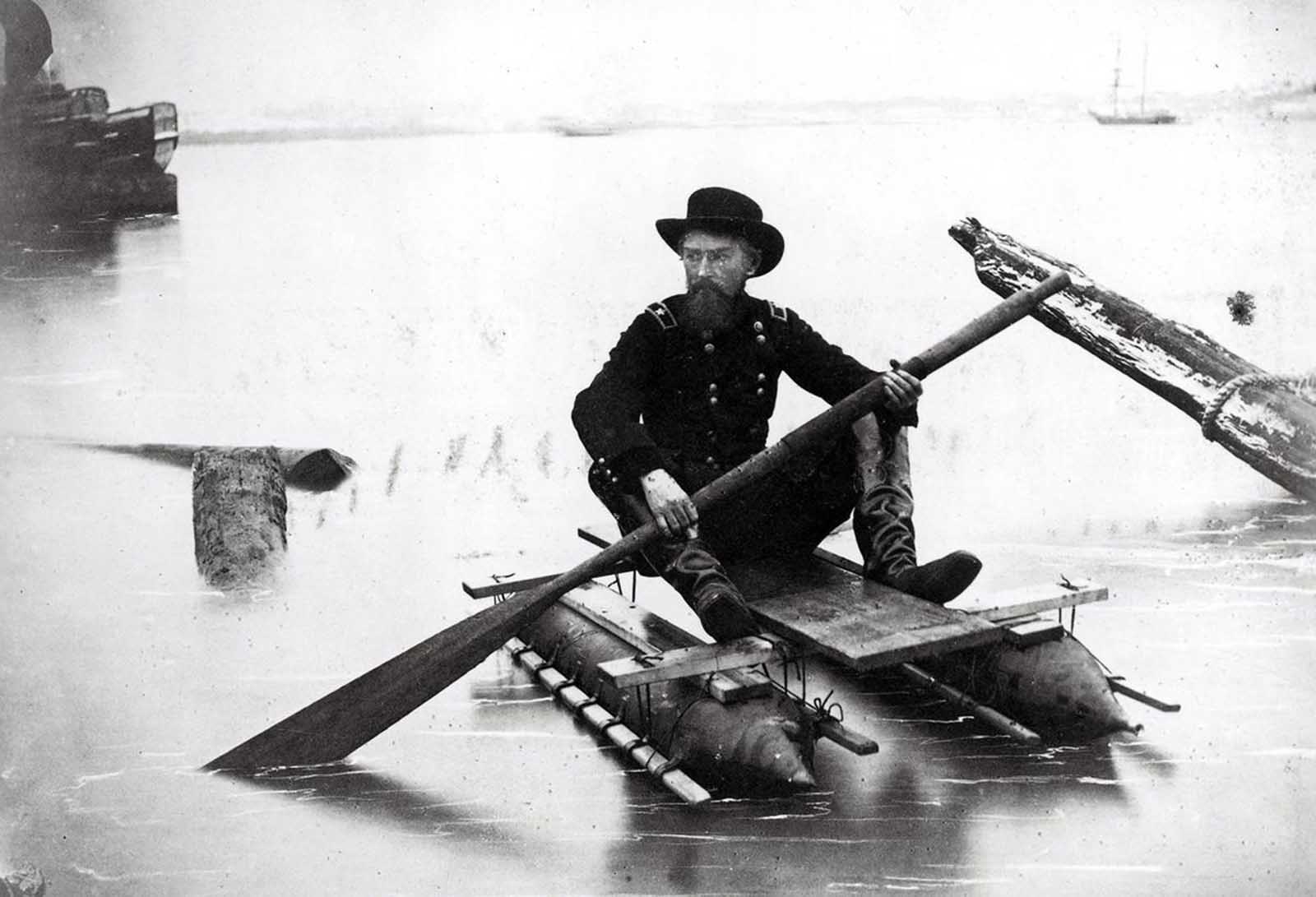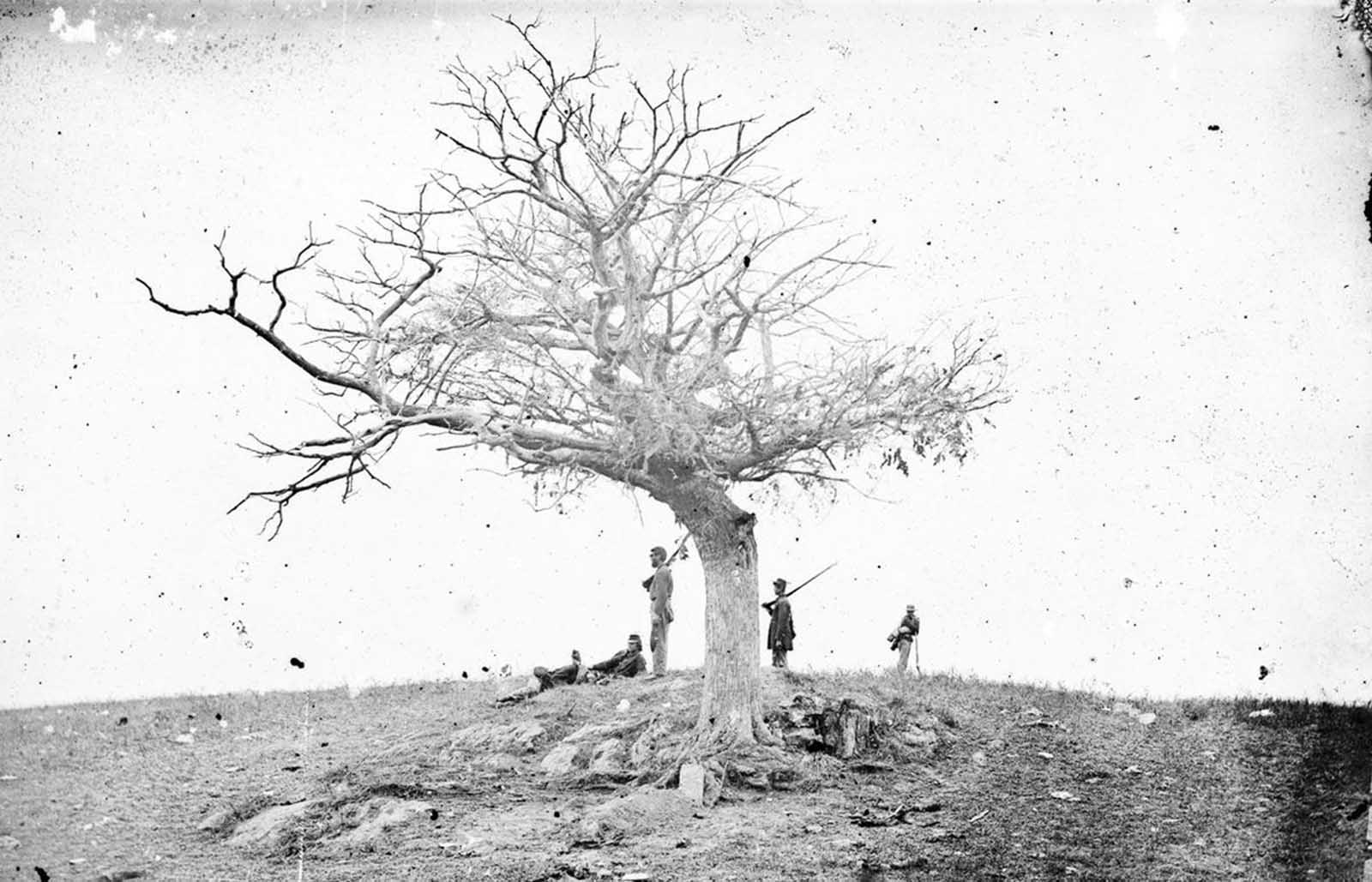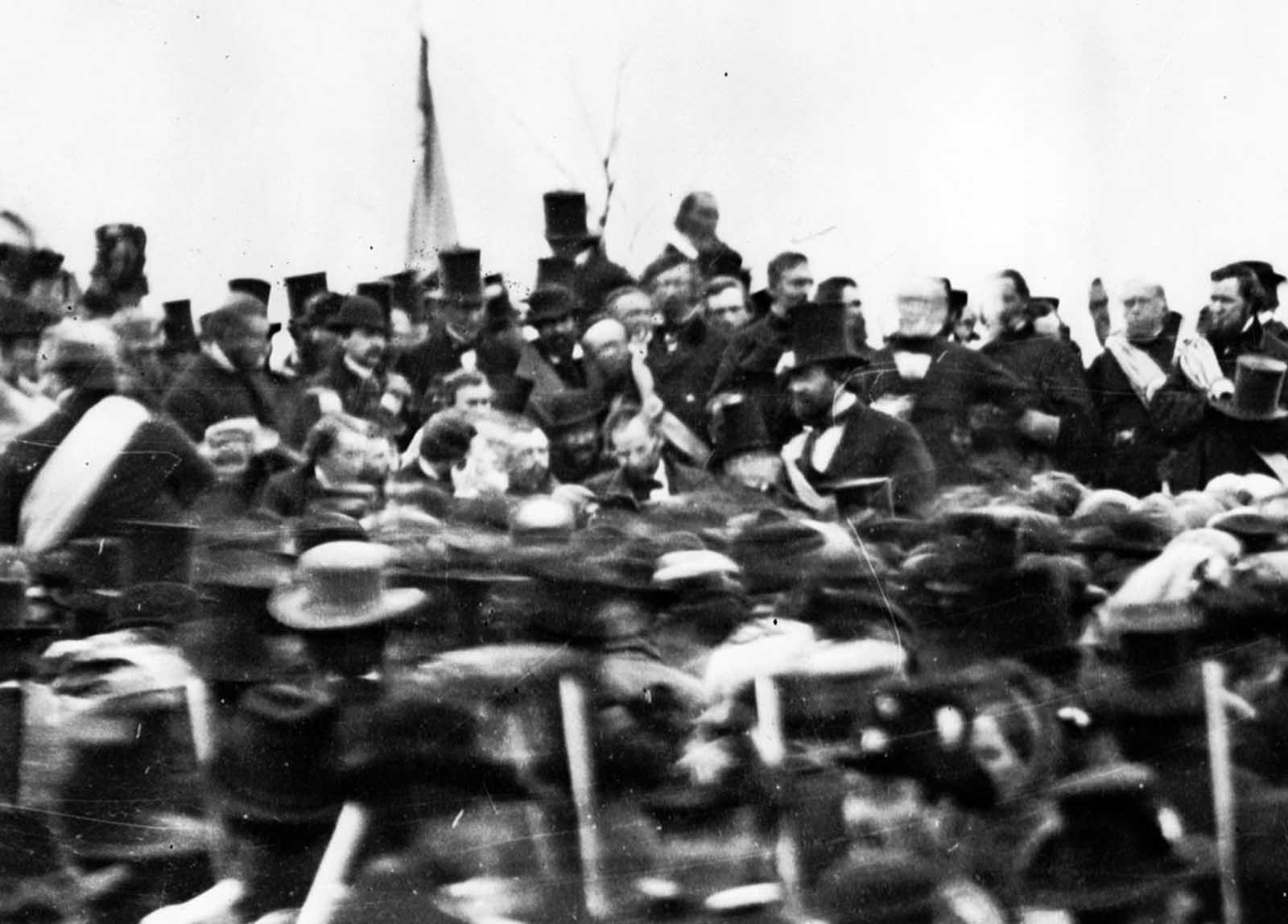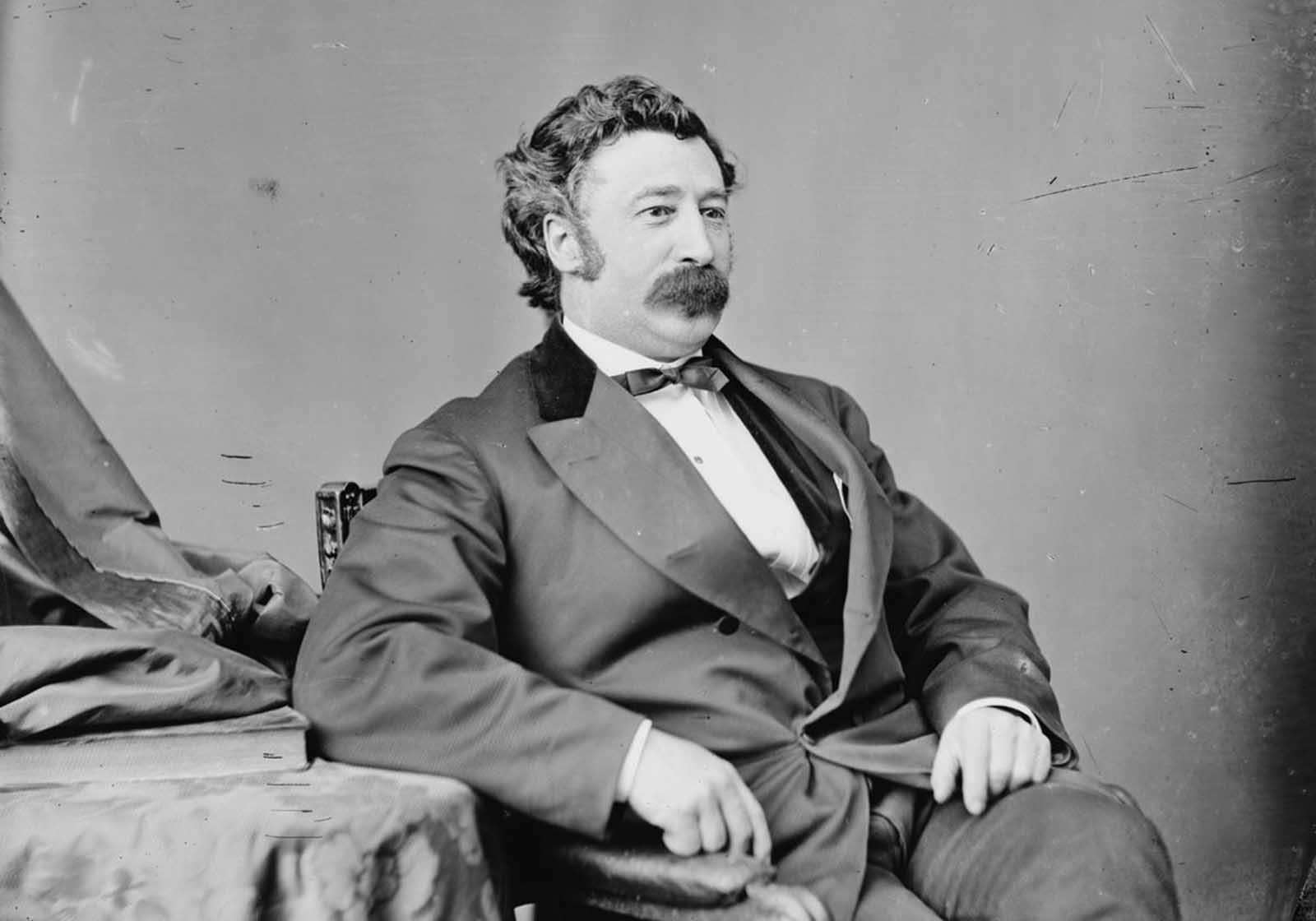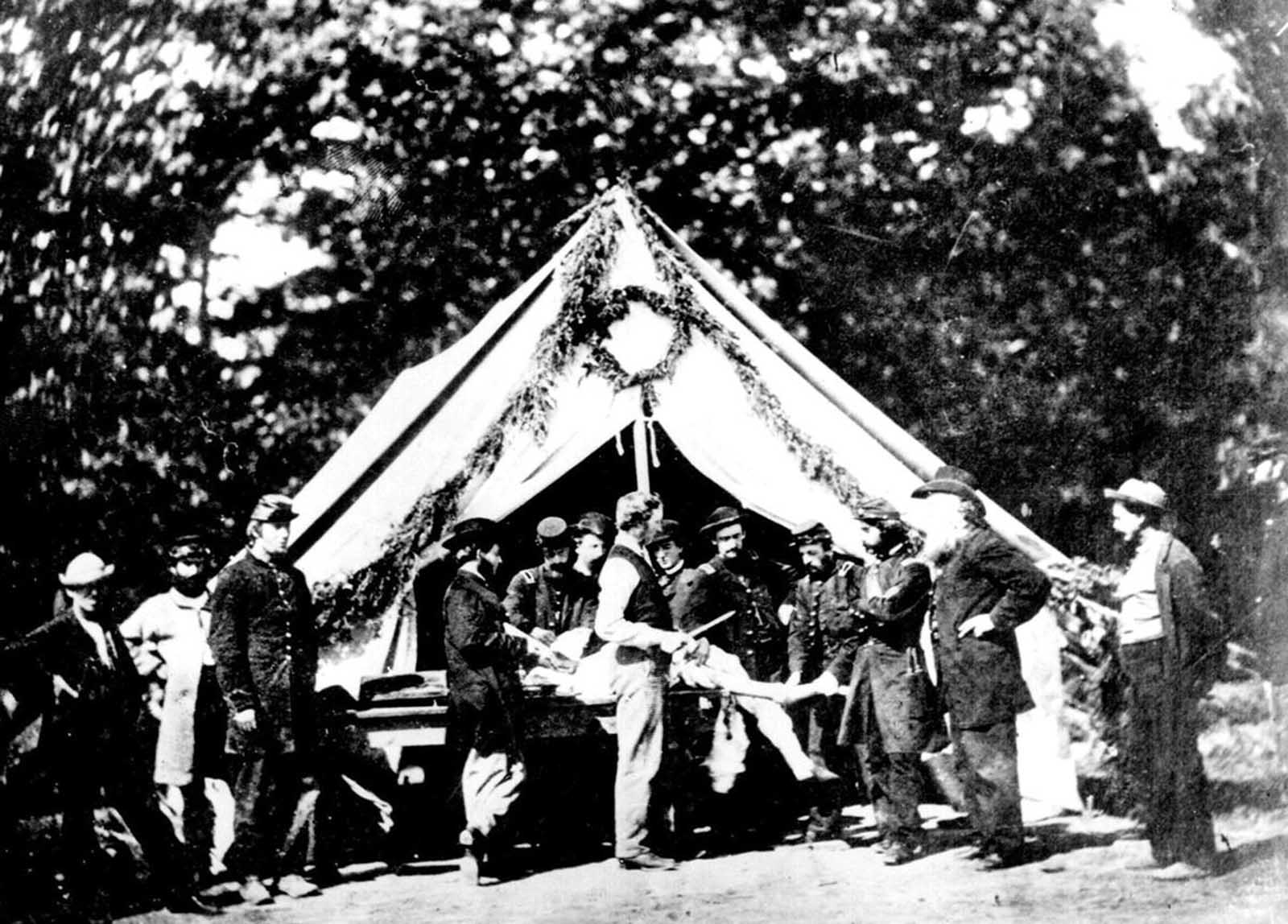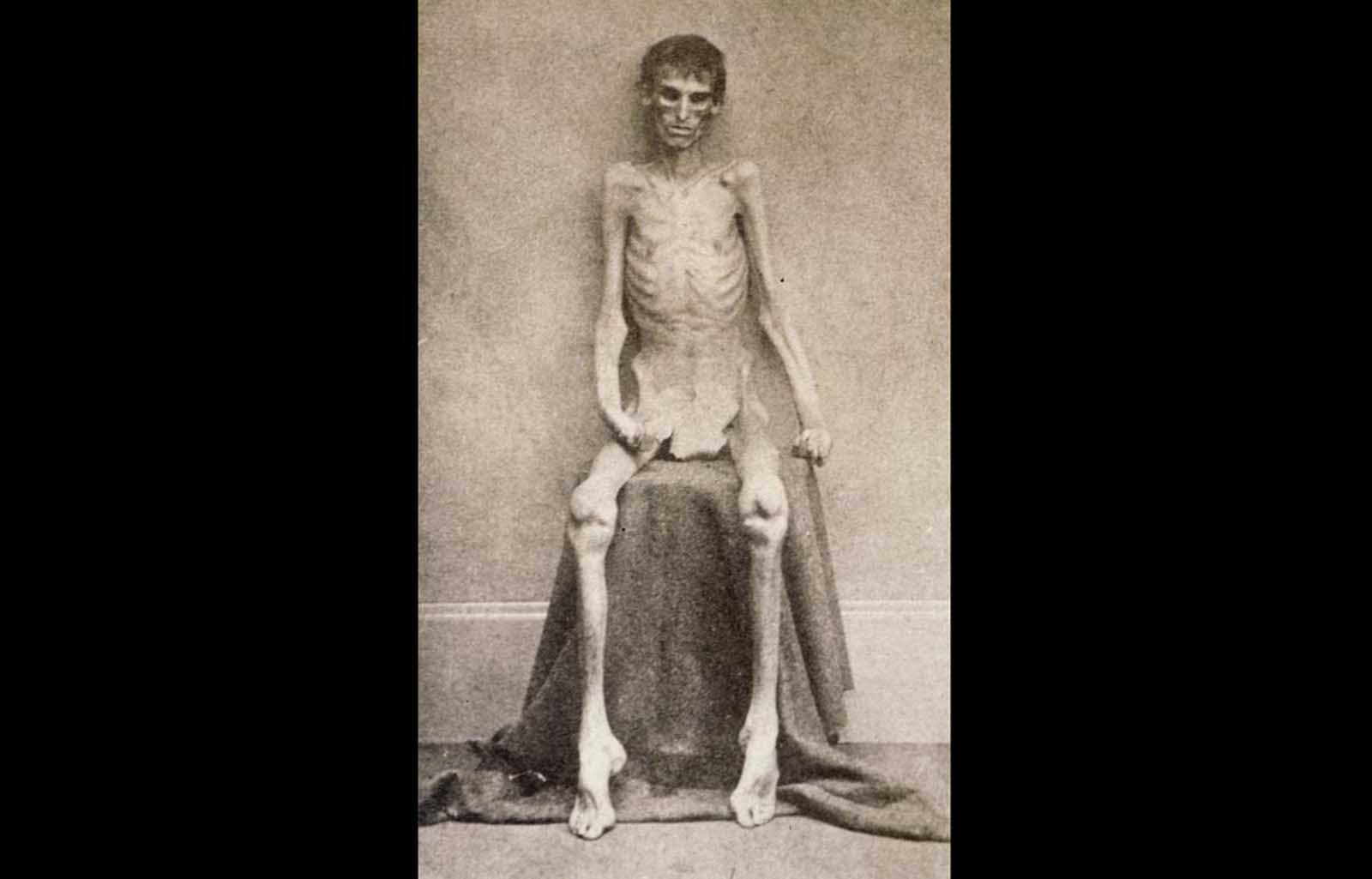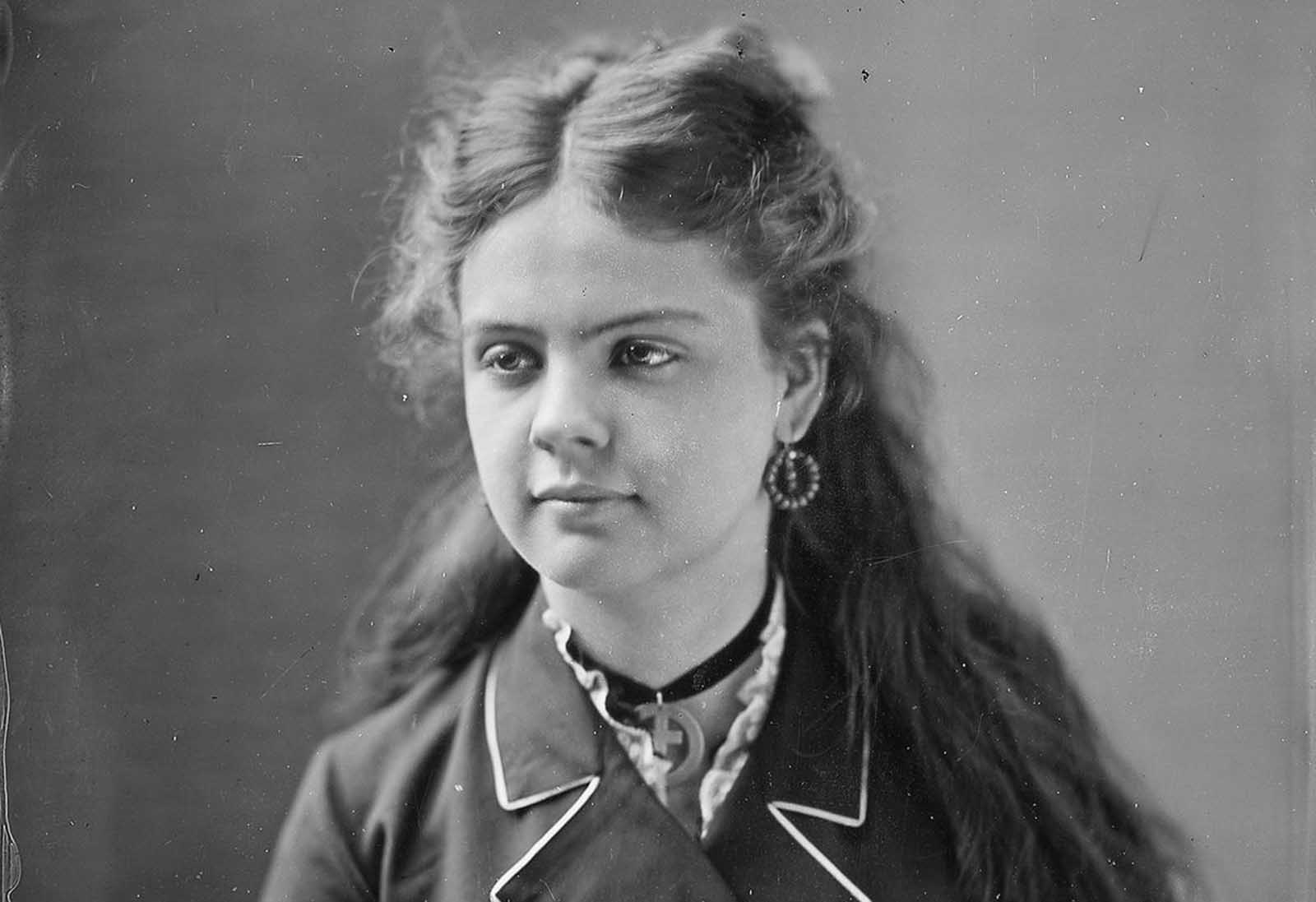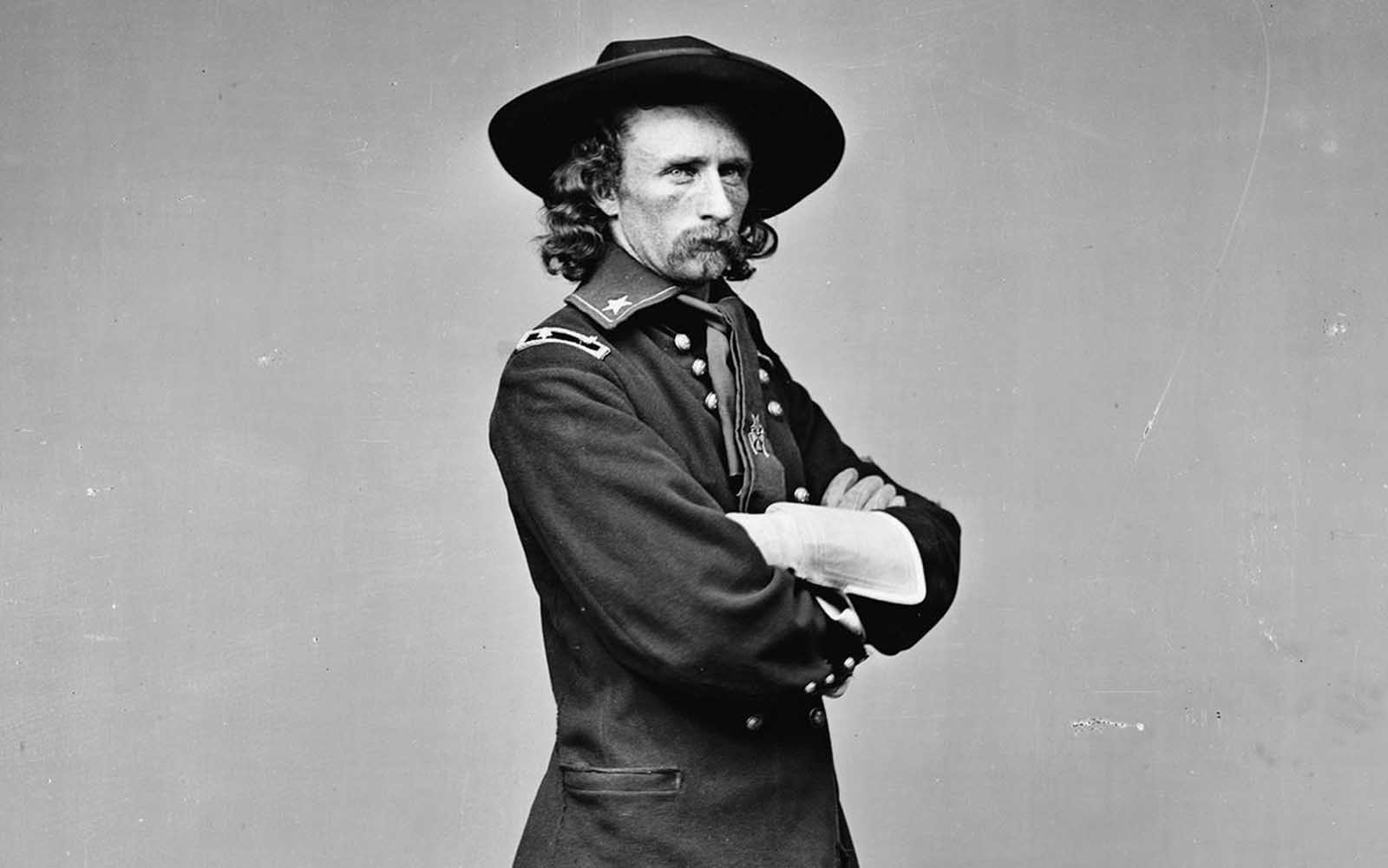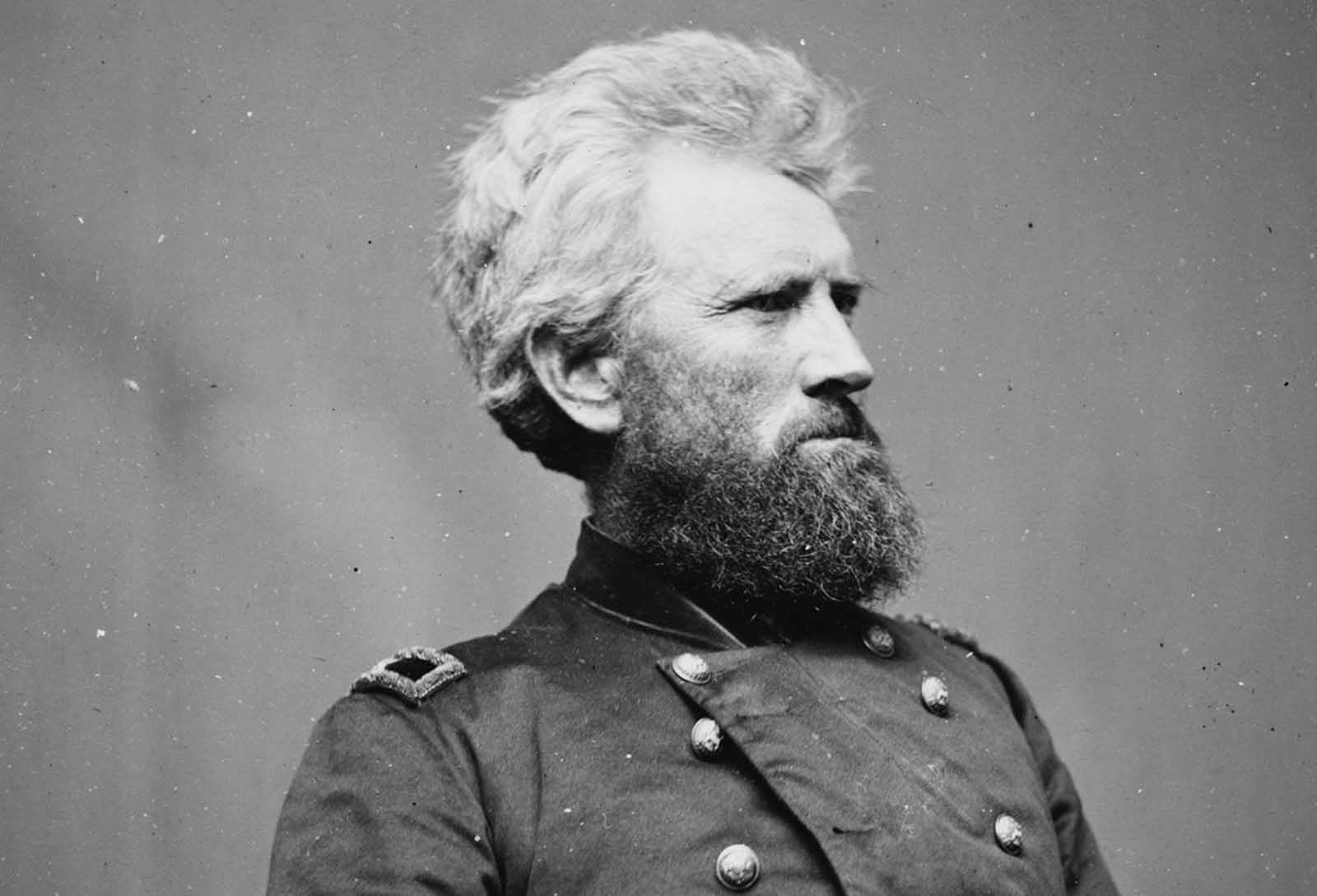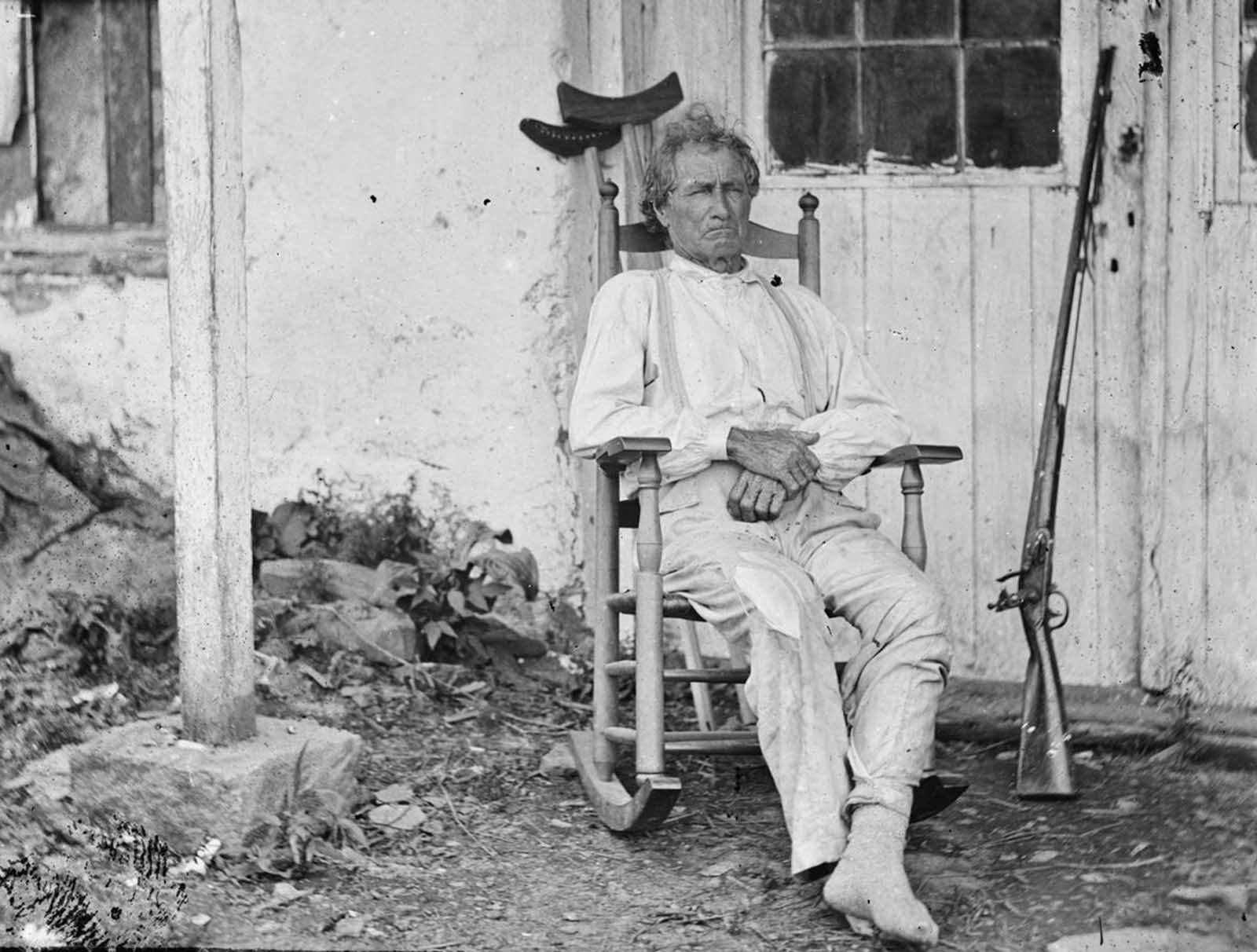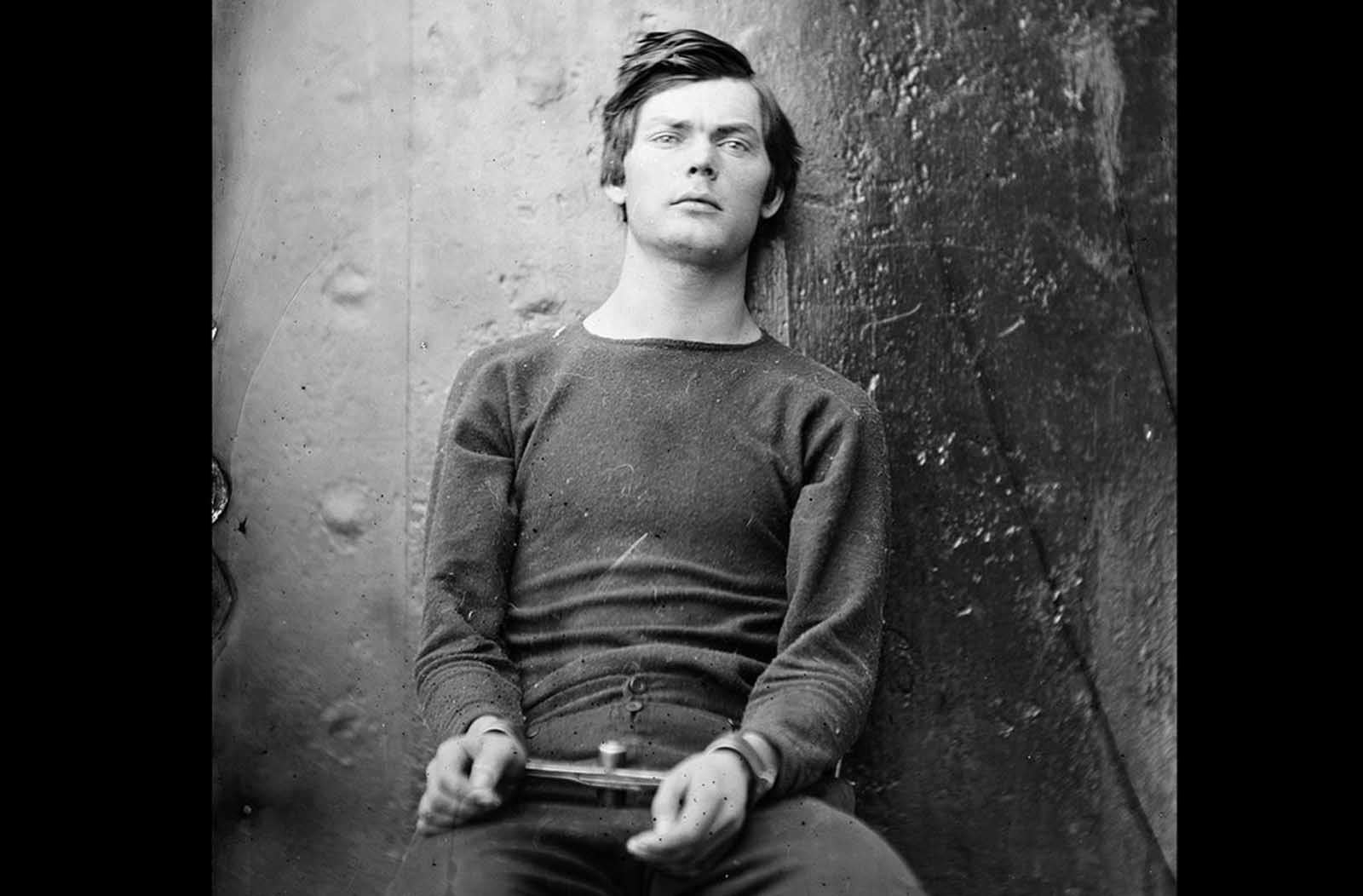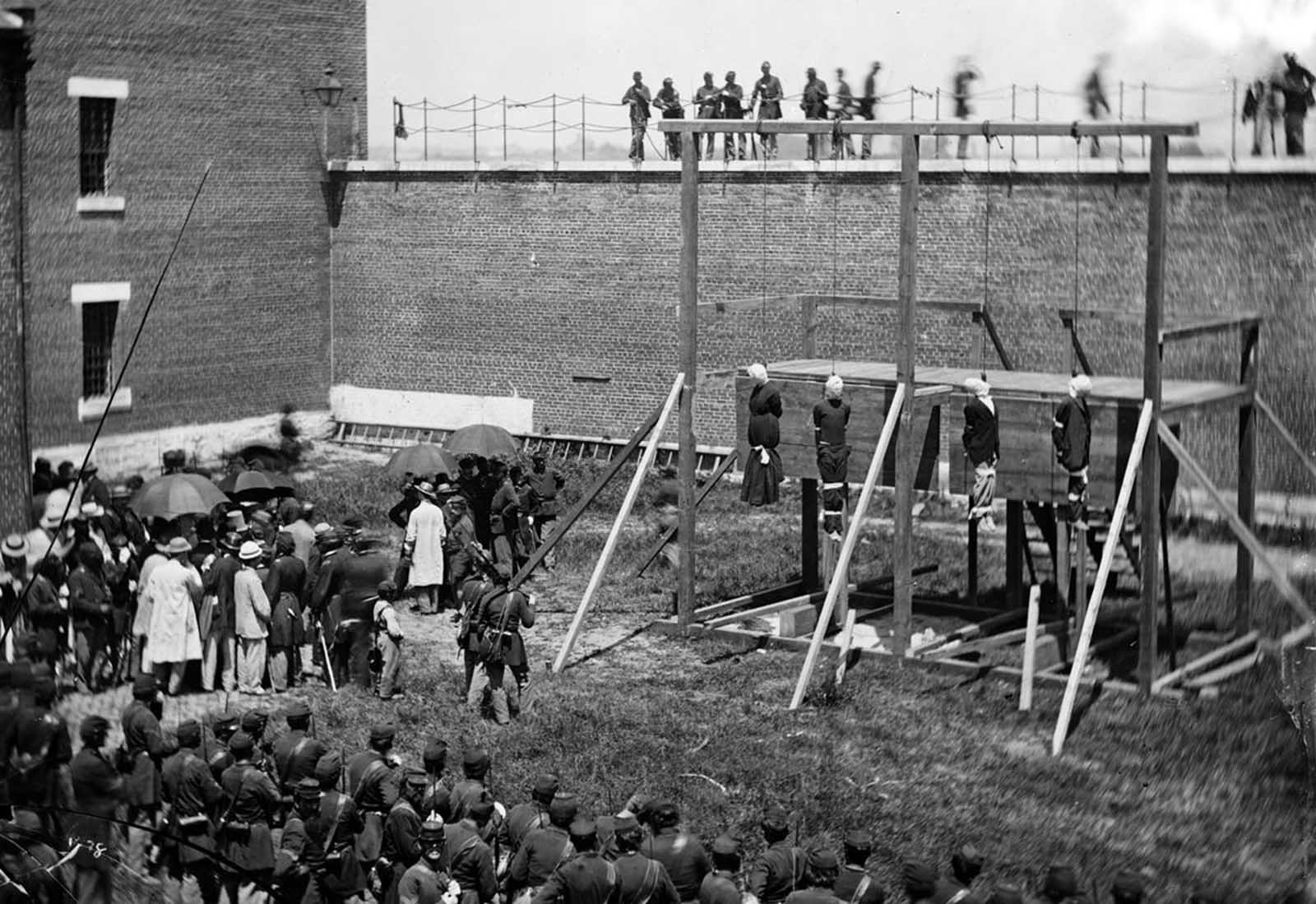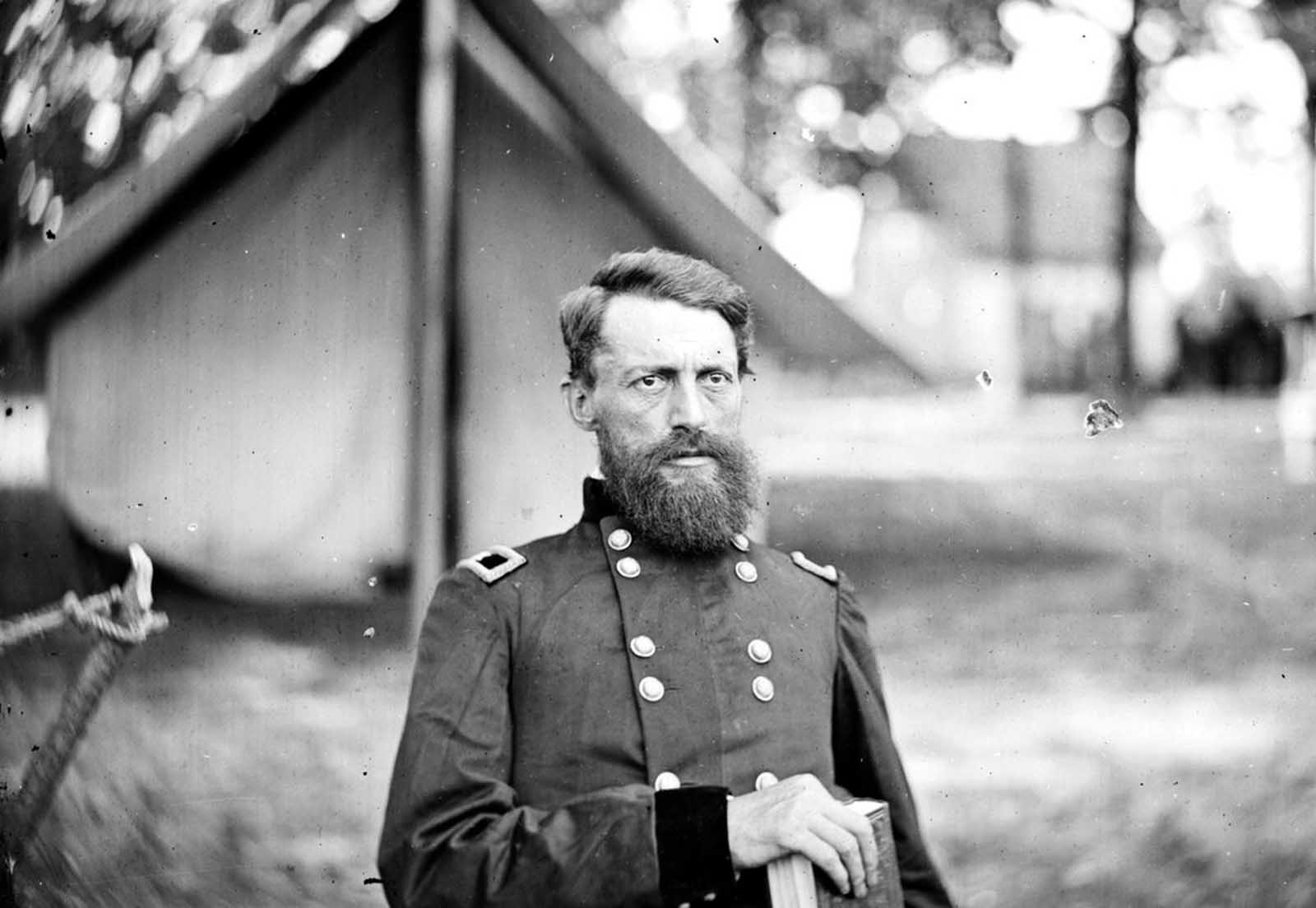Although photography was still in its infancy, war correspondents produced thousands of images, bringing the harsh realities of the frontlines to those on the home front in a new and visceral way. John Brown: A zealous, itinerant radical who crusaded violently against slavery in the 1850s. Brown moved to Kansas with his family in the mid-1850s to prevent the territory from becoming a slave state. In 1856, he and a band of vigilantes helped spark the Bleeding Kansas crisis when they slaughtered five border ruffians at the Pottawatomie Massacre. Three years later, Brown led another group of men in the Harpers Ferry Raid to incite a slave rebellion. He was captured during the raid and hanged shortly before the election of 1860. Brown’s death was cheered in the South but mourned in the North. James Buchanan: A pro-Southern Democrat who became the fifteenth president of the United States in 1856. Buchanan defeated John Frémont of the new Republican Party and former president Millard Fillmore of the Know-Nothing Party in one of the most hotly contested elections in U.S. history. During his term, Buchanan supported the Lecompton Constitution to admit Kansas as a slave state, weathered the Panic of 1857, and did nothing to prevent South Carolina’s secession from the Union. Jefferson Davis: A former Senator from Mississippi who was selected as the first president of the Confederacy in 1861. Overworked and underappreciated by his fellow Confederates, Davis struggled throughout the Civil War to unify the Southern states under the central government they had established. Stephen Douglas: An influential Democratic senator and presidential candidate from Illinois. Douglas pushed the 1854 Kansas-Nebraska Act through Congress to entice railroad developers to build a transcontinental railroad line in the North. The act opened Kansas and Nebraska territories to slavery and thus effectively repealed the Missouri Compromise of 1820. A champion of popular sovereignty, he announced his Freeport Doctrine in the Lincoln-Douglas debates against Abraham Lincoln in 1858. Although Douglas was the most popular Democrat, Southern party members refused to nominate him for the presidency in 1860 because he had rejected the Lecompton Constitution to make Kansas a slave state. As a result, the party split: Northern Democrats nominated Douglas, while Southern Democrats nominated John C. Breckinridge. In the election of 1860, Douglas toured the country in an effort to save the Union. Ulysses S. Grant: The Union’s top general in the Civil War, who went on to become the eighteenth U.S. president. Nicknamed “Unconditional Surrender” Grant, he waged total war against the South in 1863 and 1864. Robert E. Lee: Arguably the most brilliant general in the U.S. Army in 1860, who turned down Abraham Lincoln’s offer to command the Union forces in favor of commanding the Army of Northern Virginia for the Confederacy. Although Lee loved the United States, he felt he had to stand by his native state of Virginia. His defeat at the Battle of Gettysburg proved to be the turning point in the war in favor of the North. Lee made the Confederacy’s unconditional surrender at Appomattox Courthouse to Ulysses S. Grant in April 1865 to end the Civil War. Abraham Lincoln: A former lawyer from Illinois who became the sixteenth president of the United States in the election of 1860. Because Lincoln was a Republican and was associated with the abolitionist cause, his election prompted South Carolina to secede from the Union. Lincoln, who believed that the states had never truly left the Union legally, fought the war until the South surrendered unconditionally. During the war, in 1863, Lincoln issued the largely symbolic Emancipation Proclamation to free all slaves in the South. Just at the war’s end, in April 1865, Lincoln was assassinated by John Wilkes Booth in Washington, D.C. George McClellan: A young, first-rate U.S. Army general who commanded the Union army against the Confederates during the Civil War. Unfortunately, McClellan proved to be overly cautious and was always reluctant to engage Confederate forces at a time when Abraham Lincoln badly needed military victories to satisfy Northern public opinion. McClellan did manage to defeat Robert E. Lee at the Battle of Antietam in 1862, which gave Lincoln the opportunity to issue the Emancipation Proclamation. Lincoln eventually fired McClellan, however, after the general began to criticize publicly the president’s ability to command. In 1864, McClellan ran for president as a Peace Democrat on a platform for peace against Lincoln but was defeated. Franklin Pierce: Fourteenth President of the United States, elected in 1852 as a proslavery Democrat from New England. Pierce combined his desire for empire and westward expansion with the South’s desire to find new slave territories. He tacitly backed William Walker’s attempt to seize Nicaragua and used the Ostend Manifesto to try to acquire Cuba from Spain. Pierce also oversaw the opening of trade relations with Japan, upon the return of Commodore Matthew Perry, and authorized the Gadsden Purchase from Mexico in 1853. William Tecumseh Sherman: A close friend of Ulysses S. Grant who served as a general in the Union army during the Civil War. Sherman, like Grant, understood that the war would only truly be won when the Union forces had broken the will of the Southern public to fight. Sherman is best known for the total war he and his expedition force waged on the South during his March to the Sea. Charles Sumner: A senator from Massachusetts who delivered an antislavery speech in the wake of the Bleeding Kansas crisis in 1856. In response, Sumner was caned nearly to death by South Carolinian congressman Preston Brooks on the Senate floor. The attack indicated just how passionately some Southerners viewed the popular sovereignty and slavery issue. Zachary Taylor: A hero of the Mexican War who became the second and last Whig president in 1848. In order to avoid controversy over the westward expansion of slavery in the Mexican Cession, Taylor campaigned without a solid platform. He died after only sixteen months in office and was replaced by Millard Fillmore. (Photo credit: Library of Congress). Notify me of new posts by email.
Δ Subscribe
